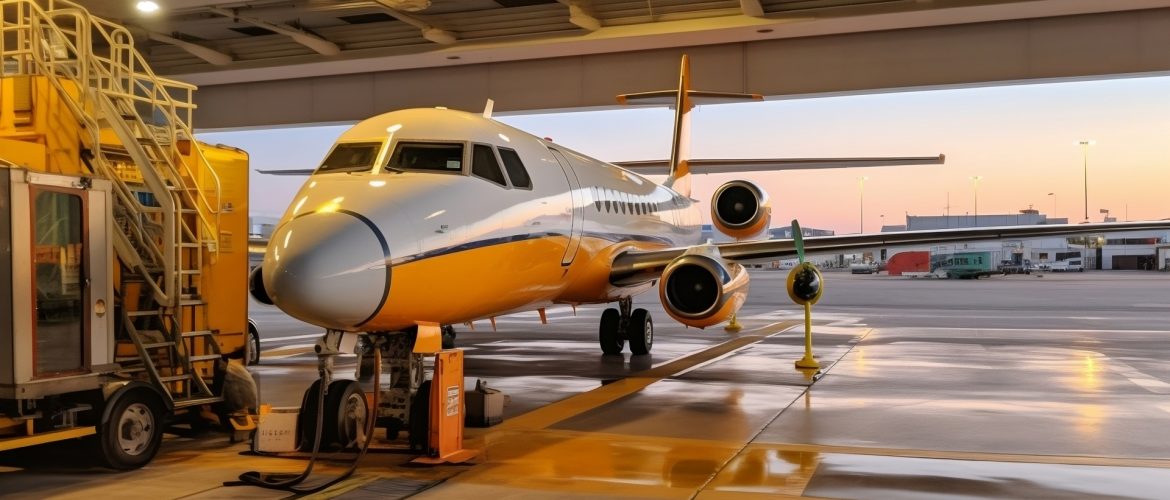******Source- www.nbaa.org, First Published July/August issue, 2023
Fuel contaminated with water or diesel exhaust fuel (DEF) is a serious threat to the safety of flight for any operation, large or small, charter, corporate or commercial. Mitigating the risk of water contamination is straightforward, said Stewart D’Leon, CAM, NBAA director of environmental and technical operations.
“The risk of water contamination increases when aviation maintenance technicians (AMTs) and flight crews deviate from what we were taught on day one, following the preflight checklists and manufacturer schedules for sumping the fuel tanks before flight and taking fuel samples on a regular basis,” he said.
Mitigating DEF contamination is more challenging, said Brad Elliott, who managed FBOs for more than 20 years, including three years purchasing all the fuel (more than 8 million gallons per year) for Air Methods Corporation, before becoming an account executive with AssuredPartners Aerospace.
As mandated by the Environmental Protection Agency, all diesel-powered trucks must use DEF to reduce emissions. The engine mixes it with the fuel from a separate reservoir. Jet fuel trucks also have another reservoir for fuel system icing inhibitor (FSII), also known as PRIST. Unfortunately, both DEF and FSII/PRIST are clear liquids, usually provided in similarly sized 5-gallon containers.
Fuel trucks blend FSII/PRIST at the nozzle, as the line tech is fueling the airplane, said Elliott. If its reservoir is mistakenly replenished with DEF, a urea-based compound, “it contaminates all the fuel in the system, every part per million, and it crystallizes fuel.”
Training is the primary defense in DEF contamination. The National Air Transportation Association offers it through its Safety 1st Training Center, as do fuel providers like Titan, Phillips 66 and Avfuel. Tabulations on a safety wish list “would be a DEF-exemption for on-airport fuel trucks and/or allowing DEF to be made with an identifying color, like bright orange, so it wouldn’t be confused with any other aviation fluid.”
DEF is not a contamination threat for all operators. “In California, we use all-electric support equipment and we’re not based in an area that freezes,” said the director of maintenance for a large, West Coast-based corporation. “We use the FBO for fuel, and use SAF [sustainable aviation fuel] almost entirely in our shuttle operation.”
Whether a business aviation operation has a fuel farm or depends on FBOs, both scenarios must have check-and-balance procedures to preclude fuel contamination of any sort, said Elliott. And if an operator depends on an FBO for fuel, the FBO’s personnel should know and understand the fuel quality control procedures. They should be able to tell you where the fluid is kept and who refills the trucks’ FSII/PRIST reservoirs. Many FBOs use fuel preblended at the terminal, which isn’t an issue, Elliott said. The risk is when it’s blended at the nozzle.
Keeping that in mind, when flying a trip, an operator’s best defense is to ask the FBO about its FSII/PRIST blending procedures. Gathering this kind of information might be another way schedulers and dispatchers could contribute to an operation’s flight plans.

